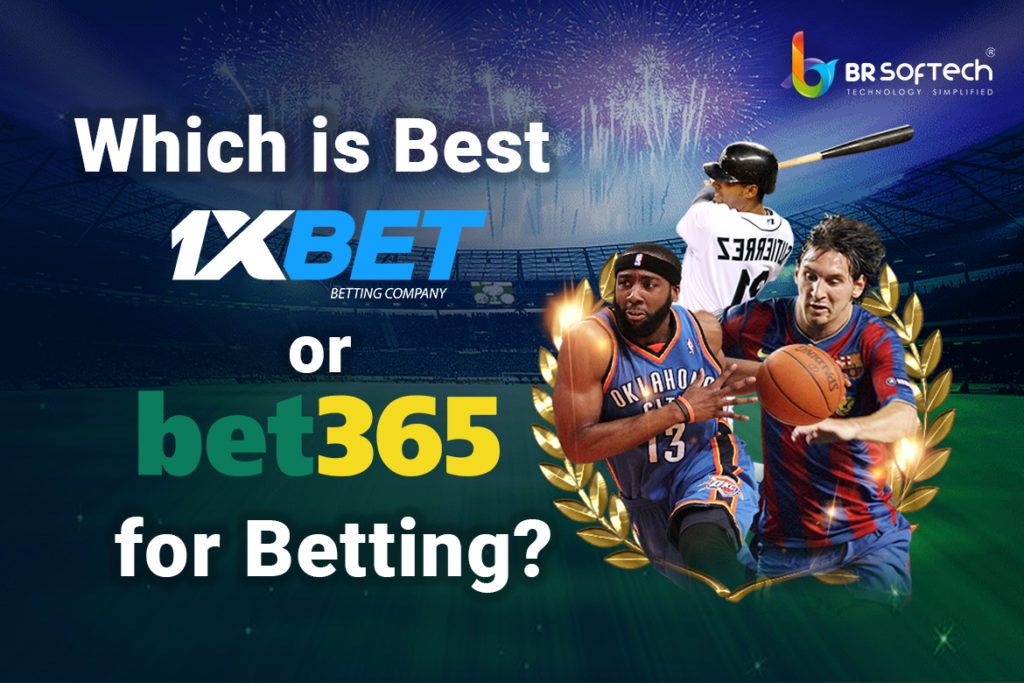
The Future of Play-to-Earn Gambling in Web3
The Play-to-Earn (P2E) model has gained substantial traction in recent years, particularly with the advent of blockchain technologies and the Web3 paradigm. The integration of decentralized finance (DeFi), non-fungible tokens (NFTs), and cryptocurrencies has created a unique ecosystem for gaming and gambling. As we delve into the future of Play-to-Earn gambling in Web3, we can’t ignore the emergence of innovative platforms that enable players to not only compete but also profit from their endeavors in ways never before imagined. While this landscape is rapidly evolving, it also presents various challenges and opportunities that merit exploration. Be sure to check out The Future of Play-to-Earn Gambling in Web3 best RTP slots to experience some top-tier gameplay.
The Evolution of Gambling in the Digital Age
Gambling has transformed significantly over the last few decades, transitioning from traditional brick-and-mortar establishments to online platforms. The introduction of cryptocurrency has further revolutionized this industry, enabling faster transactions and improved anonymity. However, the traditional online gambling model typically follows a “house wins” scheme, where the operators retain a significant percentage of the players’ wagers. This structure raises questions about player equity and sustainability in the long run.
Understanding Play-to-Earn Mechanisms
At its core, Play-to-Earn empowers players by allowing them to earn rewards in the form of cryptocurrencies, tokens, or assets while playing games. This differs from traditional models, offering a fairer playing field and incentivizing more engagement. Players can accumulate wealth through their gameplay, which can then be traded or sold on various marketplaces. This mechanism not only incentivizes participation but also fosters a sense of ownership.

Key Components of Play-to-Earn Gambling
Several components are vital to understanding the success of Play-to-Earn systems within gambling:
- Decentralization: Web3 platforms typically operate on decentralized networks, meaning no single entity has control over the ecosystem. This model increases security and transparency.
- NFTs: Non-fungible tokens represent unique assets that players can own and trade. In gambling, NFTs can symbolize exclusive game items or unique experiences, enhancing the value proposition.
- Smart Contracts: These self-executing contracts facilitate secure transactions without the need for intermediaries, ensuring fairness and trust among participants in the gambling ecosystem.
Industry Impacts and Adoption Rates
The Play-to-Earn model’s emergence has not only energized the gaming sector but has begun to infiltrate traditional gambling, encouraging operators to adapt to this new paradigm. As gamers realize they can earn while playing, the demand for engaging, rewarding experiences will grow. We anticipate a notable shift as established gambling brands explore partnerships with P2E platforms, enhancing their offerings with blockchain-enabled solutions.
Potential Collaborations
We foresee collaborations between gaming developers and traditional gambling operators to create hybrid platforms that combine traditional betting mechanics with P2E elements. For instance, casino operators might develop slot games where players earn tokens based on gameplay achievements, leveraging their existing user base to migrate to the P2E ecosystem.

Challenges Ahead
While the prospects for Play-to-Earn gambling are enticing, several challenges must be addressed:
- Regulatory Hurdles: Governments globally are beginning to scrutinize cryptocurrencies and online gambling practices. Regulation will play a critical role in shaping the future of P2E gambling.
- Market Saturation: With the rapid development of P2E platforms, ensuring differentiation and maintaining player engagement will be crucial for long-term success.
- Security Risks: Decentralized platforms are not immune to hacks and fraud. Ensuring robust security measures to protect users’ assets is paramount.
The Future Landscape
As we look ahead, the future of Play-to-Earn gambling in Web3 is bright but complex. Innovations like metaverse gambling experiences and social gaming models will likely emerge. Players may participate in shared environments where they can compete, earn, and socialize in ways that merge gaming and gambling into a single cohesive experience.
Conclusion
The Play-to-Earn model represents a fundamental shift in how we perceive gambling and gaming. With the rise of Web3 technologies, players are no longer just participants—they are stakeholders. As the industry embraces this transition, a new era of gambling is on the horizon, one where the financial benefits are more equally distributed, and player engagement is at an all-time high. While challenges certainly lie ahead, the potential rewards for both operators and players make it an exciting time to be involved in the evolution of play-to-earn gambling.